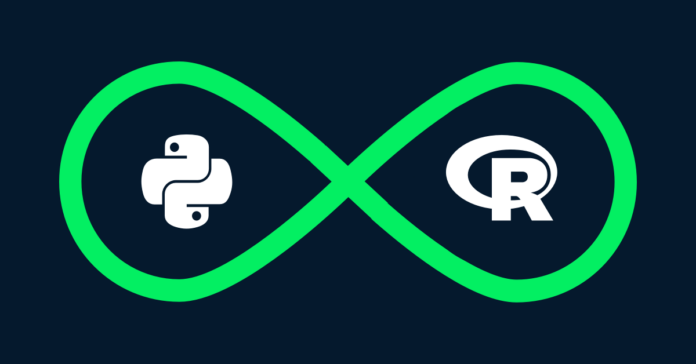Understand the fundamentals of Python and R, as well as how to pick the best option for your requirements.
In business circles, the comparison of Python and R has been a hot topic for years. Choosing the best of the two languages for information processing has never been convenient. In recent years, statistics defining the importance of the two languages have often modified and moved.
As a consequence, it’s more realistic to say that the data scientist would choose between these two languages based on their requirement, prices, and readily available tools in the ground they’re working on.
Let us get into detail:
R
R is an open-source software program that analysts and computer engineers use to develop algorithms and methods for mathematical modeling and data processing. It first made an appearance in August of 1993. R comes with several constructed libraries to cover numerous statistical and graphical approaches, including regression analysis, statistical tests, classification techniques, convergence, and time-series analysis. Several packages can help with exploratory data analysis, minor data discovery, and graph-based data visualization.
It has the capability of producing some effective charts and dashboard-quality graphics to view and monitor a company’s monthly income or profit. The R Studio architecture, which aids in the creation and implementation of R codes and packages, supports the R language.
Python
Guido van Rossum created Python in 1991. It is a multi-paradigm language. A variety of items can be used, including web development, application development, and device scripting. It’s compatible with a wide range of devices. It allows you to build SQL tables and data sets for use in your software.
Python also organizes data and code into objects and offers a variety of tools. It also has a greater level of flexibility, meaning it can run the program in a variety of formats without recompiling it. It indicates that you are maximizing your time. Python’s vast library allows a wide range of applications.
It is among the top ten programming languages in use. Choosing between R and Python is a matter of personal preference.
R is for statistical analysis. Python is for general-purpose programming. Python is used to write programs for a wider variety of application areas, while R for a narrower purpose.
Overview
Learning these tools and using them for their respective purposes can only enable you to grow as a data scientist. Any data scientist at the top of their game is versatile and long-lasting. The controversy between Python vs. R confines you to a single programming language. You should look a little further and enjoy each approach with its unique benefits. Using more tools as a data scientist would only benefit you. Both tools have their pros and cons, despite that you have the option to choose.
Follow and connect with us on Facebook, LinkedIn & Twitter

